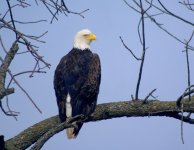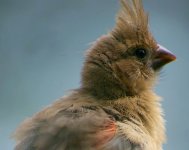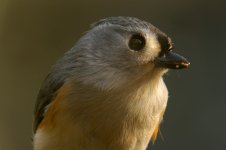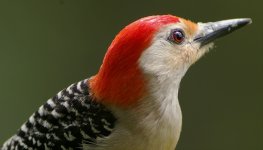Willem,
To be specific, spotting scopes (with eyepieces on) actually don't have focal ratios (they are afocal) - they only have power/magnification. In practice, however, the primary image is formed by the scope objective, which is focal (ie. has f-length and f-ratio). If you forget the eyepiece, the scope objectives behave almost like the camera tele lenses. "Fast" focal ratios ("apertures") produce almost always less sharp pictures than the same lens "stopped down" a bit. The trade-off of stopping down is - as you indicated - a darker image. Fast focal ratio means large front lenses which usually work well at the center but not as well closer to the edges where the optical aberrations start to degrade the image. "Less fast" focal ratio made by stopping down prevents the aberrated light rays from spoiling the good image formed by the center of the lens. The same effect can be achieved using a small objective lens in the first place...
Pros of fast spotting/tele/scopes:
a) At given focal length (eg. Swaro 65 (slow) vs 80mm (fast)) - better resolution, brighter image (large exit pupil)
b) At given power (Swaro 65 (slow) vs Leica 62mm (fast)) - smaller size.
Ability to use low powered wide angled eyepieces. In good light eye pupil does the stopping-down.
Cons of fast spotting/tele/scopes: more aberrations, which become visible in poor light and/or high powers.
a) At given focal length - larger size, more expensive (ED-glass more important),
b) At given power - inferior image (loss of ER when zooming).
Hope you can figure out something useful from all this :t:
Ilkka
EDIT: In Finland where dusk and dawn last very long, many birdwatchers prefer large (fast) scopes, whereas in conditions where there is more light and a rapid transfer from brightness <-> darkness a slow scope may actually perform better.







